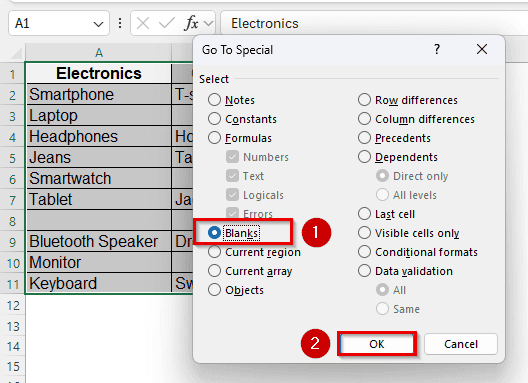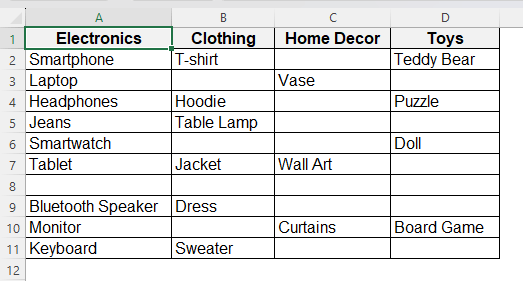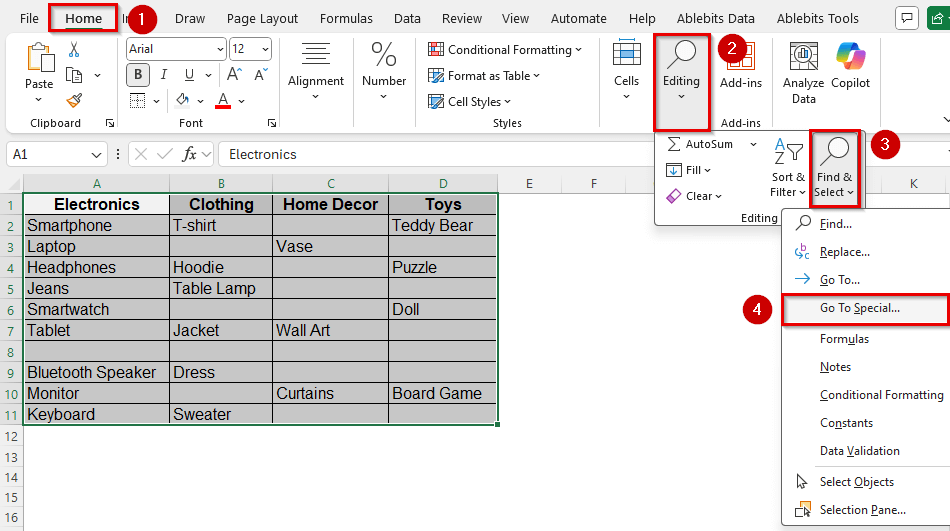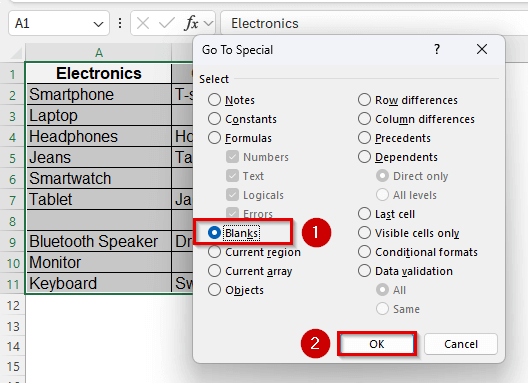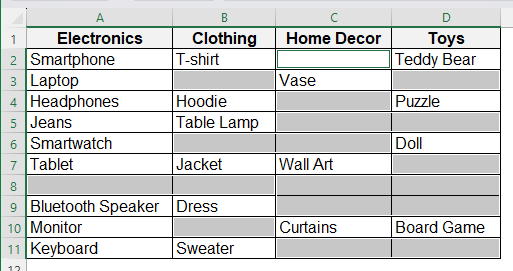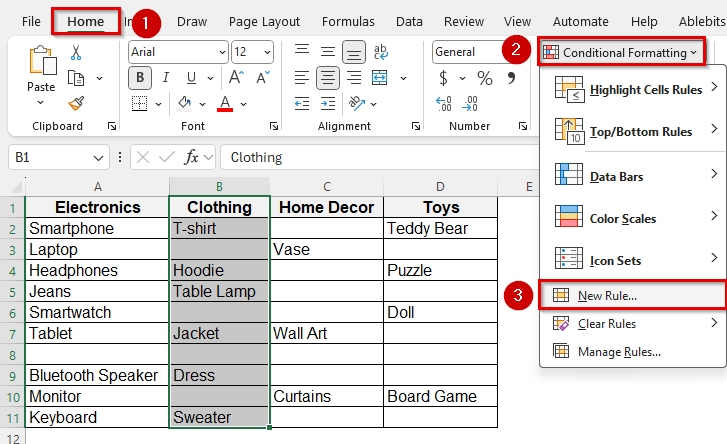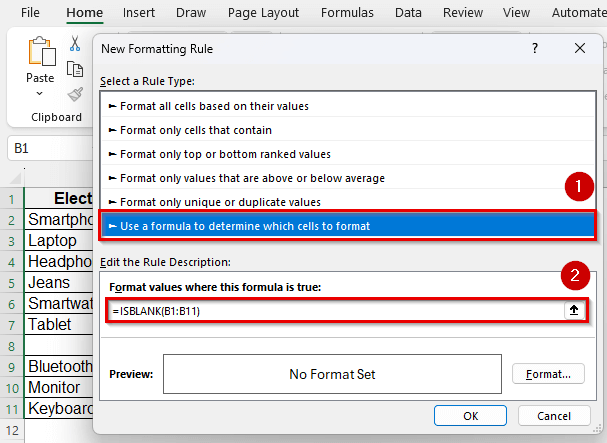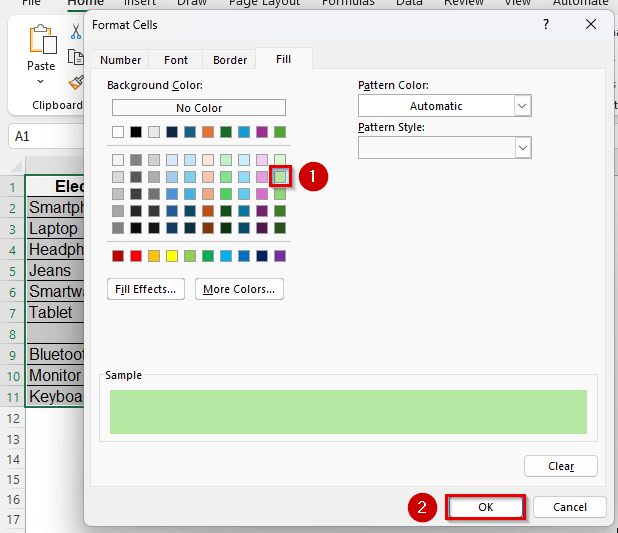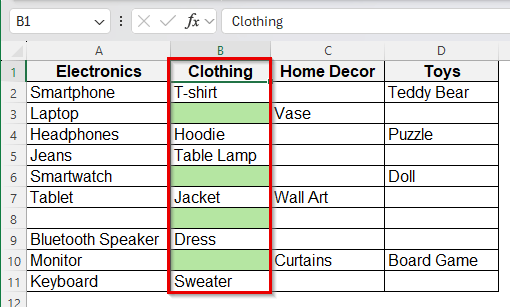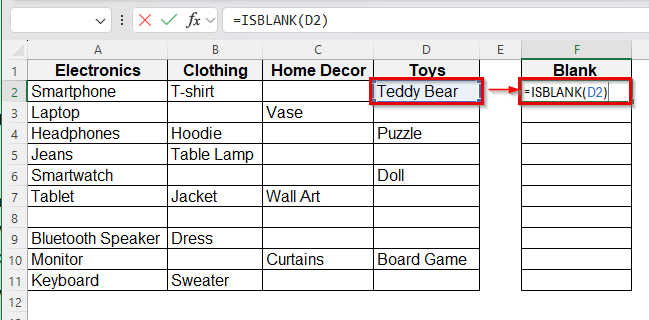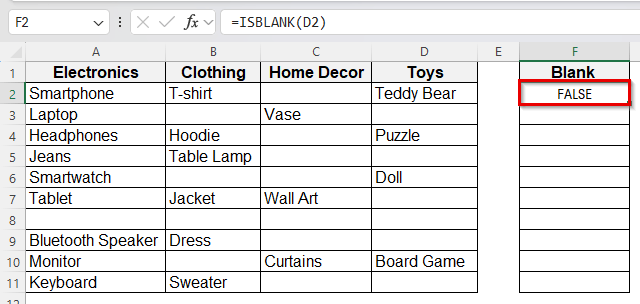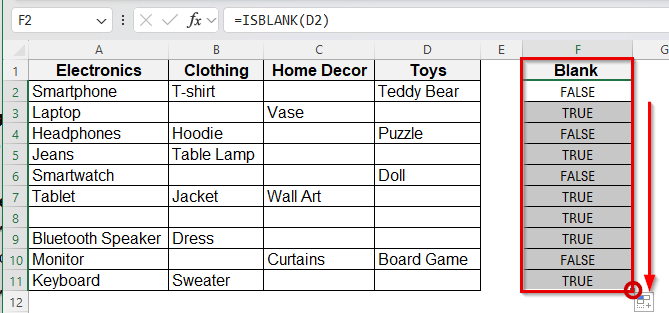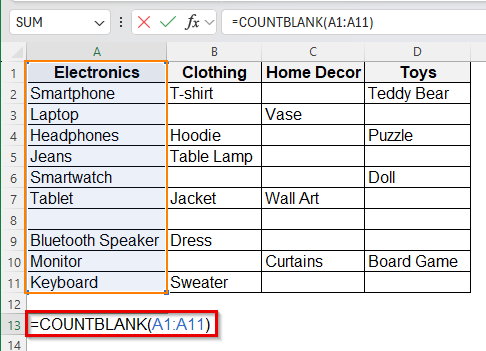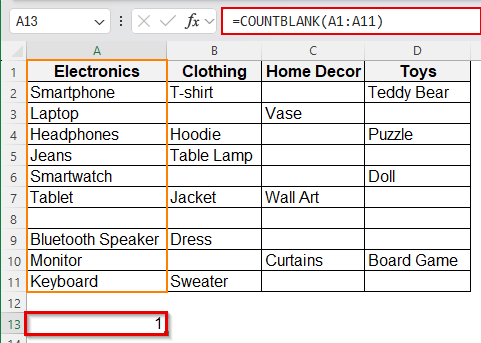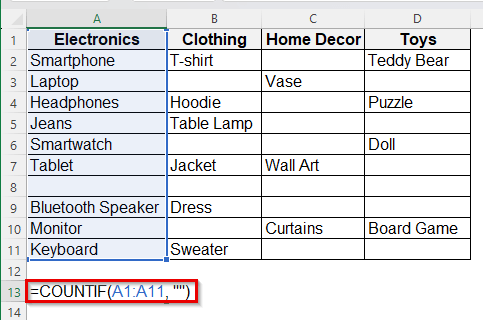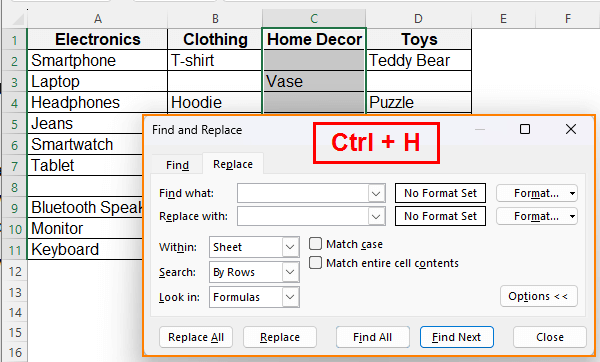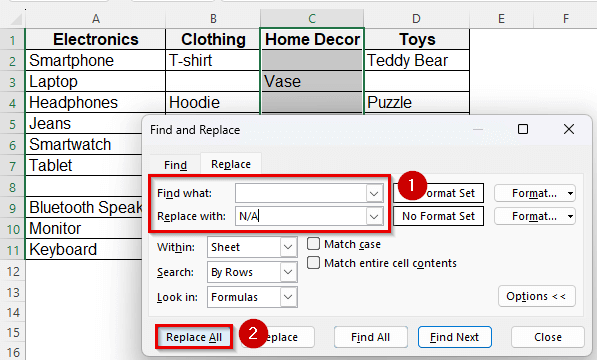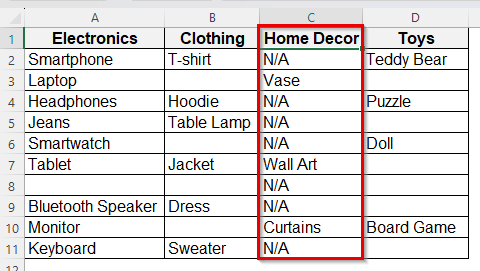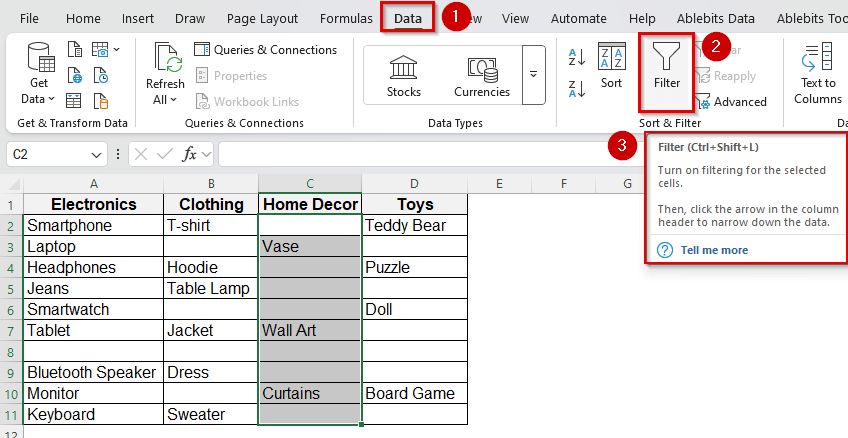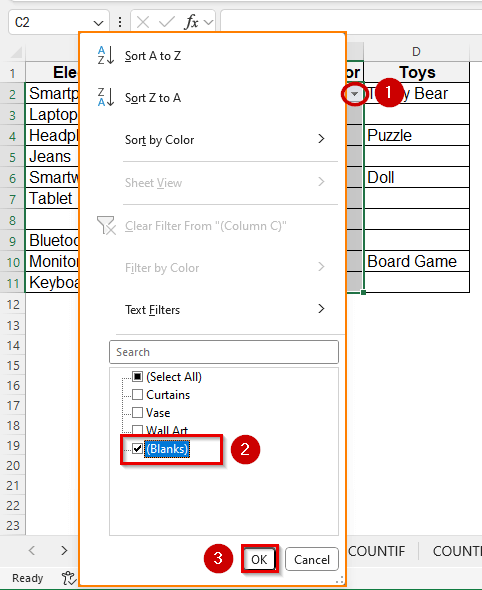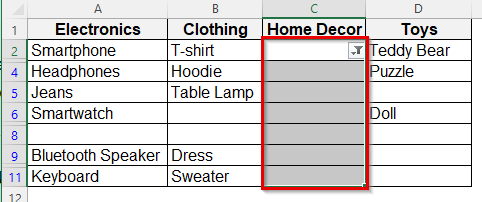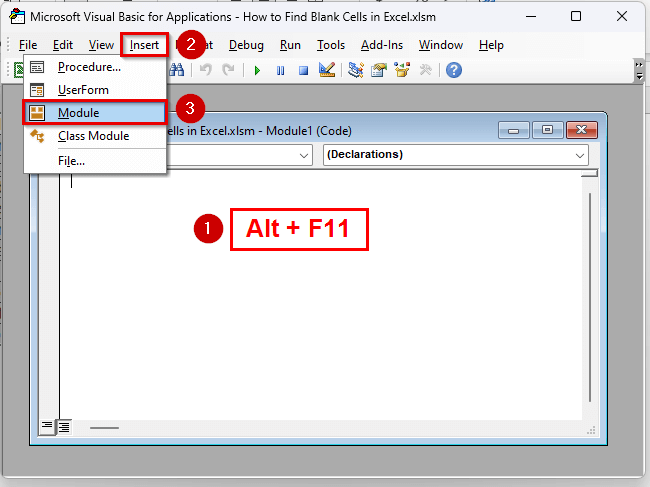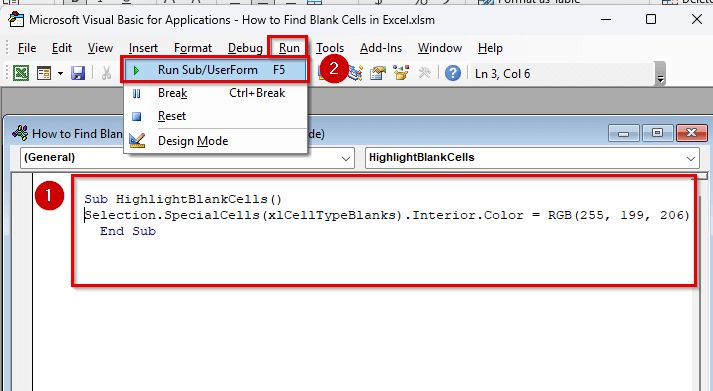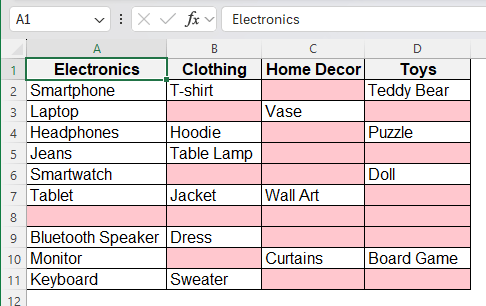If you need to locate empty cells in a dataset, whether to fill them in, highlight them, or remove them, Excel offers several quick and reliable methods. Finding blanks is useful for cleaning data, spotting missing entries, preparing reports, or making sure calculations aren’t disrupted by missing values.
This guide will walk you through different approaches to identify blank cells in Excel, from quick manual tricks to automated solutions. These methods work for small selections as well as large datasets and can help your spreadsheets be complete and error-free.
Steps to Select All Blank Cells using Go To Special:
➤ Select your data range.
➤ Press F5 or go to Home > Find & Select > Go To Special.
➤ Choose Blank > OK.
➤ Excel will select all truly empty cells.
Find Blank Cells Using 'Go To Special' Option
This is the most straightforward way to locate empty cells without using formulas, ideal when you need a quick visual selection for filling or formatting.
Steps:
➤ Select a range, A1 to D11, where you want to search for blanks.
➤ Press F5 or click Home> Find & Select > Go To Special.
➤ In the dialog, choose Blanks > Click Ok.
➤ All empty cells in the selection are highlighted at once, ready to be formatted, filled, or deleted.
Find Blank Cells Using Conditional Formatting
For a dynamic approach that updates automatically when blank cells appear or are filled, conditional formatting is a good choice.
Steps:
➤ Select your target range, column B.
➤ Go to Home > Conditional Formatting > New Rule.
➤ Choose Use a formula to determine which cells to format.
➤ Enter the formula:
=ISBLANK(B1:B11)
➤ Click Format > Choose a fill color (light green 1) > Press OK twice.
➤ Now, any blank cell in the range will be highlighted instantly.
Find Blank Cells Using Formulas (ISBLANK/COUNTBLANK)
If you prefer formula checks or need a count of blanks, Excel functions can help. These work well when you want results that update automatically.
Steps for ISBLANK:
➤ In a helper column, column F, type:
=ISBLANK(D1)
➤ This returns TRUE if the cell is empty and FALSE otherwise.
➤ Draw fill handle down to get the result for all other rows in Column F.
Steps for COUNTBLANK:
➤To count empty cells in Column A, use (in cell A13):
=COUNTBLANK(A1:A11)
➤ This gives the total number of blank cells in Column A.
Steps for COUNTIF:
➤ Or use =COUNTIF(A1:A11, ““) to count blanks, too.
➤ This is the result.
Fill or Replace Blank Cells Using Find & Replace Tool
This option is useful if you want to fill or replace all blank cells with a value in one go.
Steps:
➤ Select your range,
➤ Press Ctrl + H to open Find & Replace.
➤ Leave Find what blank.
➤ Type your replacement value in Replace with (e.g., “0” or “N/A”).
➤ Click Replace All to fill all empty cells instantly.
Use Filters to Find & Narrow Down Blanks
This method is useful when you want to quickly view only the blank cells or rows and work with them directly.
Steps:
➤ Select your dataset
➤ Go to Home > Sort & Filter > Filter (or press Ctrl + Shift + L).
➤ Use the filter dropdown on a column you want to check > tick (Blanks) from the list > click OK.
➤ Excel will now display only the rows containing blank cells.
Using a VBA Macro
For repetitive tasks or large datasets, a short VBA code can highlight or select blanks automatically.
Steps:
➤ Press Alt + F11 to open the VBA editor.
➤ Click Insert > Module.
➤ Paste the following code:
Sub HighlightBlankCells()
Selection.SpecialCells(xlCellTypeBlanks).Interior.Color = RGB(255, 199, 206)
End Sub➤ Save pressing Ctrl + S > close editor > return to Excel.
➤ Select your range > press Alt + F8 > choose HighlightBlankCells > run.
➤ Empty cells will be highlighted automatically.
Frequently Asked Questions
Can I find blanks across the whole sheet at once?
Yes, click the Select All button (top left corner of the grid) before using Go To Special.
Will ISBLANK detect cells with formulas returning “”?
No. For that, use =LEN(A1)=0 in Conditional Formatting or formulas.
Can I select and delete entire rows with blank cells?
Yes, after selecting blanks with Go To Special, use Delete > Entire Row.
Does VBA work on multiple ranges at once?
Yes, as long as you select them together before running the macro.
Wrapping Up
Finding blank cells in Excel is simple once you know where to look. Whether you refer to the quick Go To Special selection, real-time highlighting with Conditional Formatting, formula-based checks, or automated VBA scripts, each method has its own place. The right approach depends on whether you’re fixing data once or keeping a sheet clean over time. Explore these options and choose the one that best fits your workflow. Share your feedback with us.

